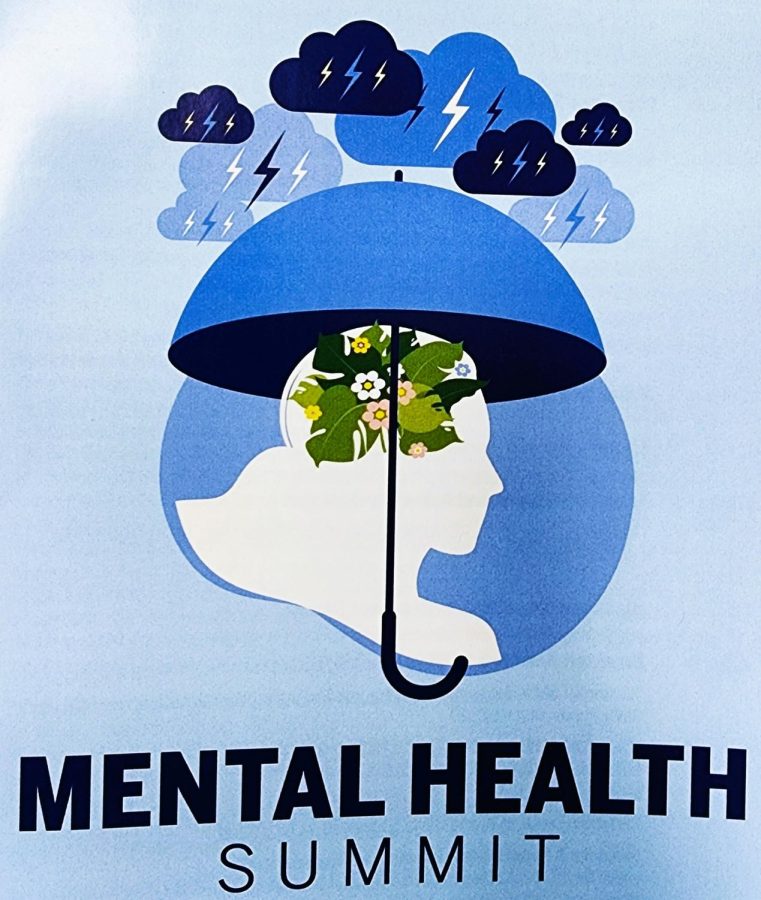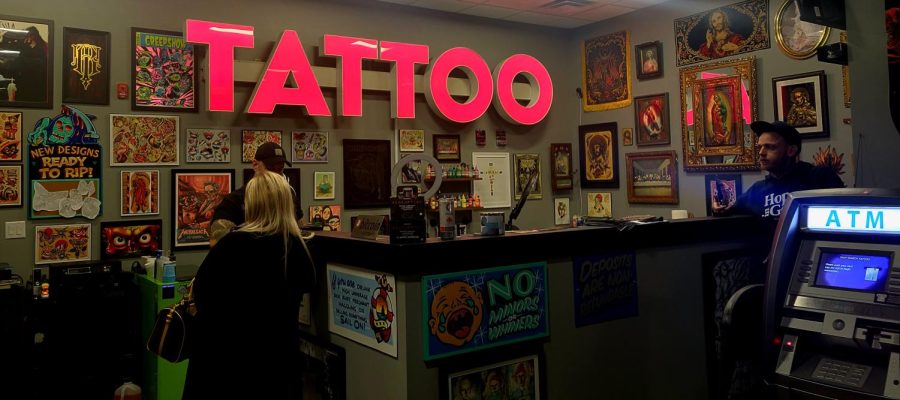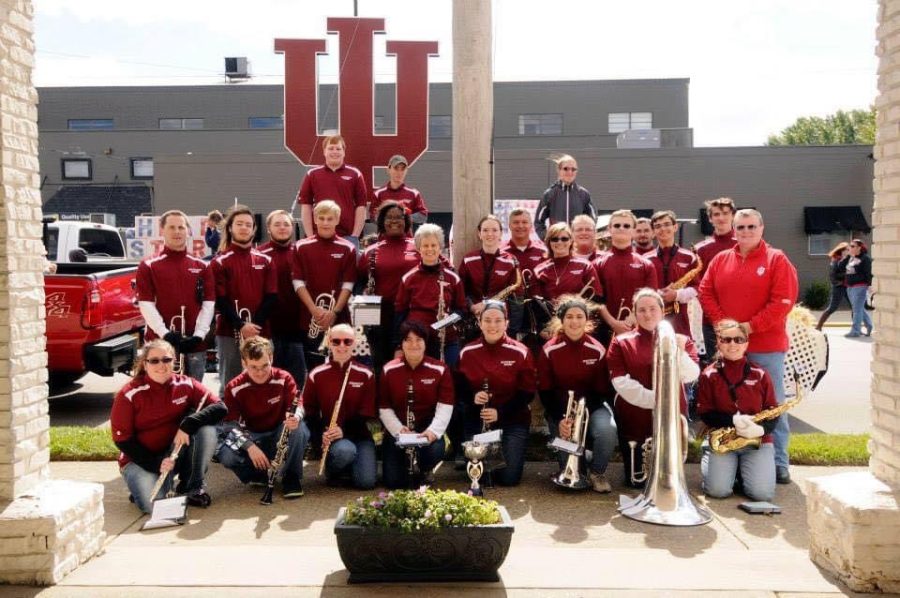Refreshments lined the wall in The Commons as people made their way into the Hoosier Room on March 22 to partake in a free event held by the campus ONE organization, called the Hunger Dinner.
As part of the demonstration to end world hunger, participants were divided into three groups to experience three different meals.
The meals and how participants dined were part of the overall experience, demonstrating the differences between social classes.
The first group dined while sitting at tables decorated with linen tablecloths, fine china, wine glasses, silverware and cloth napkins. They also had waiters bring them a complete four-course meal, representing a high-class society.
The second group ate at regular undecorated tables. Their plates were normal, and they ate with plasticware. Their meal consisted of red beans and rice with water. This group experienced dining that represented middle-class families.
The third group did not get a table. Instead, they ate on the floor. Their meal consisted of plain rice and water that had a greenish tint. They also ate off paper napkins. This group’s dining experience was representative of low-classes and poverty-stricken families.
The dinner demonstration also included a keynote speaker, Tzviatko Chiderov, regional director for ONE. Chiderov described his work with volunteers and how famine is man made. Chiderov said 1 billion people live in extreme poverty worldwide.
Chiderov also discussed the importance of agriculture and how it can benefit poverty-stricken communities.
Chiderov showed a film about an African farmer who grew and sold sweet potatoes and the various goods she made out of them to sell in order to make a living for her family. She was able to increase her income by 400 percent through farming.
“Agriculture is very important in fighting hunger,” Chiderov said. “Growth in agriculture is two times as effective in reducing poverty.”
Chiderov said too many people are dying all over the world from hunger and too few people are doing anything to help.
“The fact is that there are approximately 925 million people in the world who are hungry,” Chiderov said, “and that actually is a decrease of about 80 million people since 2009.”
Chiderov said the statistics do not do the victims of poverty justice because numbers do not tell the whole story.
“Behind these numbers are real people, each with a unique story,” Chiderov said. “They each have their own views, their own experiences and their own hopes and dreams.”
Less than 1 percent of the overall U.S. budget is for foreign aid, and Chiderov said he would like to see the number increase. More aid would mean more organizations would have access to the people who need the most help.
“Many people have benefited by the development programs,” Chiderov said.
The day of the demonstration also took place on World Water Day, which became the second focus of the night.
Chiderov explained 884 million people do not have access to clean water, and 2.6 billion do not have access to adequate sanitation. Some people travel for three and a half miles to fetch water, and even that water is most often contaminated.
Approximately 4,100 children die each day from severe diarrhea spread through poor sanitation and hygiene.
Chiderov also introduced the ONE campus challenge. He asked for people to become a ONE member, sign the petitions, call their representative and voice their concerns, write a letter, raise awareness with others and become a campus leader.
Participants were able to collect free items on the back table and eat food in The Commons.
ONE is an advocacy and campaigning group that fights world issues, such as extreme poverty, puts pressure on political leaders by making their voices heard, holds various awareness events, does advocacy work in places like Africa and aids in missions, such as Feed the Future and USA ID. They are also a nonprofit international organization.
“ONE has already been effective,” Chiderov said. “It’s a partnership to make sure funding is used to its fullest potential.”
By SUSAN GREENWELL
Staff
susdgree@ius.edu






